In order to get friendly shoots, the seeds of some flowers need to be stratified. Find out what this procedure is and how to do it correctly.
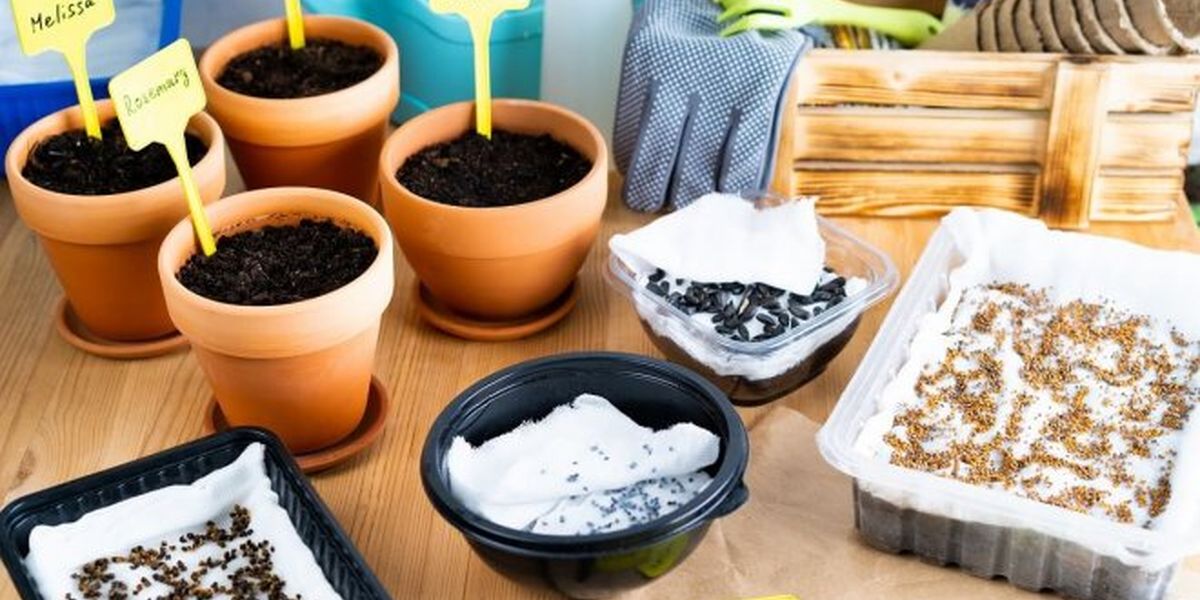
Pre-sowing stratification is required for the seeds of such plants as lavender, pasqueflower, primrose, clematis, gentian, thuja, spruce, pine and some others.
It is better to purchase seed material in advance, somewhere in January-February, since stratification of most seeds lasts from 1 to 3 months.
Recommendations on the timing, optimal temperature and method of stratification and subsequent growing conditions can be found on the back of the seed packets. There you will also check the expiration date and the mark on their quality control.
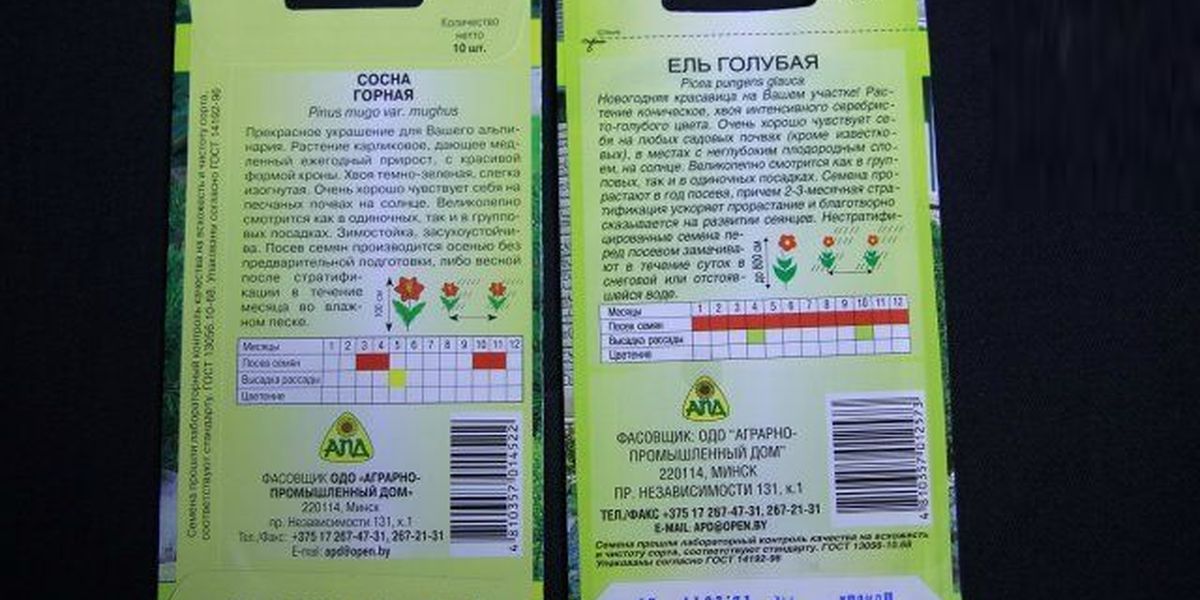
Cold stratification
Cold stratification is necessary for those seeds whose embryos need to ripen. With this stratification, the seeds are first soaked and then placed in a cold place for a while, thereby simulating natural temperature changes.
Most tree and shrub crops require cold stratification. Thus, mountain pine seeds need to be stratified for a month in wet sand at a temperature of 5°C. The sand must be moistened all the time so that the seeds do not dry out.

Blue spruce seeds need to be stratified for 2-3 months in the refrigerator at a temperature no higher than 4-5°C. You can also place the seeds in pre-sifted and calcined wet sand, or you can use a special coconut substrate.

Coconut fiber is an excellent antiseptic and antibacterial agent, in addition, it provides the necessary aeration. Bacteria, mold or rot will definitely not appear in such a substrate, and the seeds will always have enough moisture and air. The ratio of seeds to substrate is 1:3. To prepare the coconut substrate, simply pour 0.5-1 liter of water over the pressed disk of coconut soil. Then wait 15 minutes until the coconut fiber straightens out and increases in volume, mix well and, if necessary, squeeze it out a little.

Lavender seeds also need cold stratification. They are usually kept at a temperature of 5°C for about 35-40 days. Pour lavender seeds onto a damp cotton or linen cloth, spreading them evenly over the surface, and cover with a second piece of cloth.
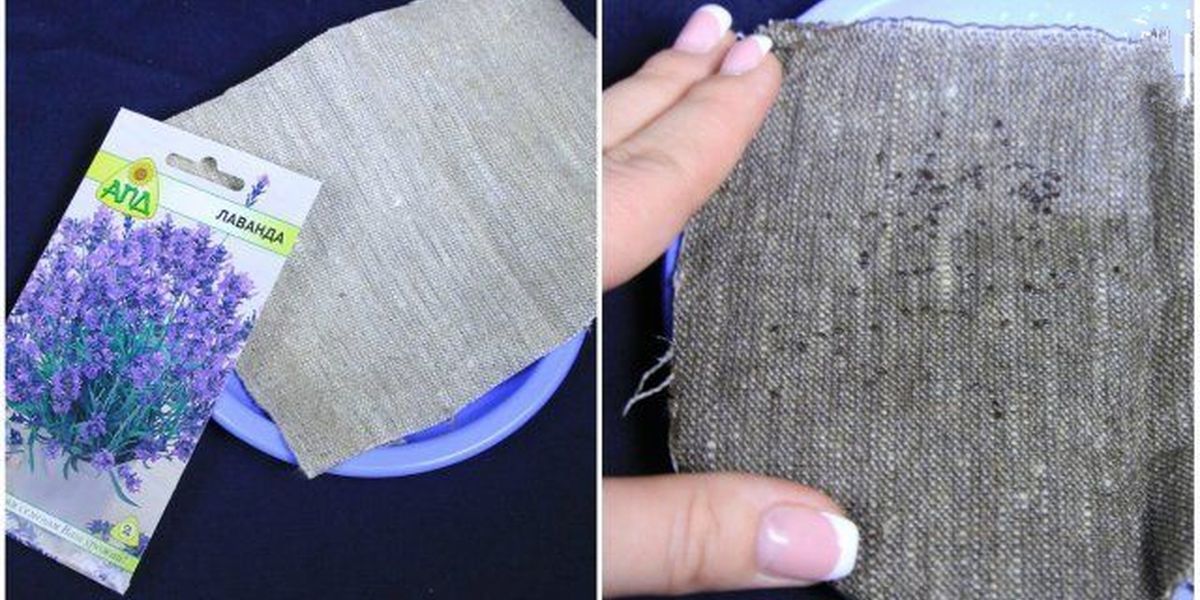
Make sure that the cloth does not dry out, but do not let it "float" in water, otherwise the seeds will rot or become moldy. Clematis seeds also need to be stratified. If they are large enough – 5×10 or 6×12 mm in diameter, they should be placed in a soil mixture consisting of sand, peat and ordinary soil in equal proportions and put in the refrigerator for 2-3 months.
Medium-sized seeds – from 3-5 to 5-6 mm in diameter – need to be stratified under the same conditions, but not more than a month.
Small seeds do not need to be stratified at all, but only soaked for a day before sowing. However, if the manufacturer recommends stratification for small seeds, then it is necessary to do it.
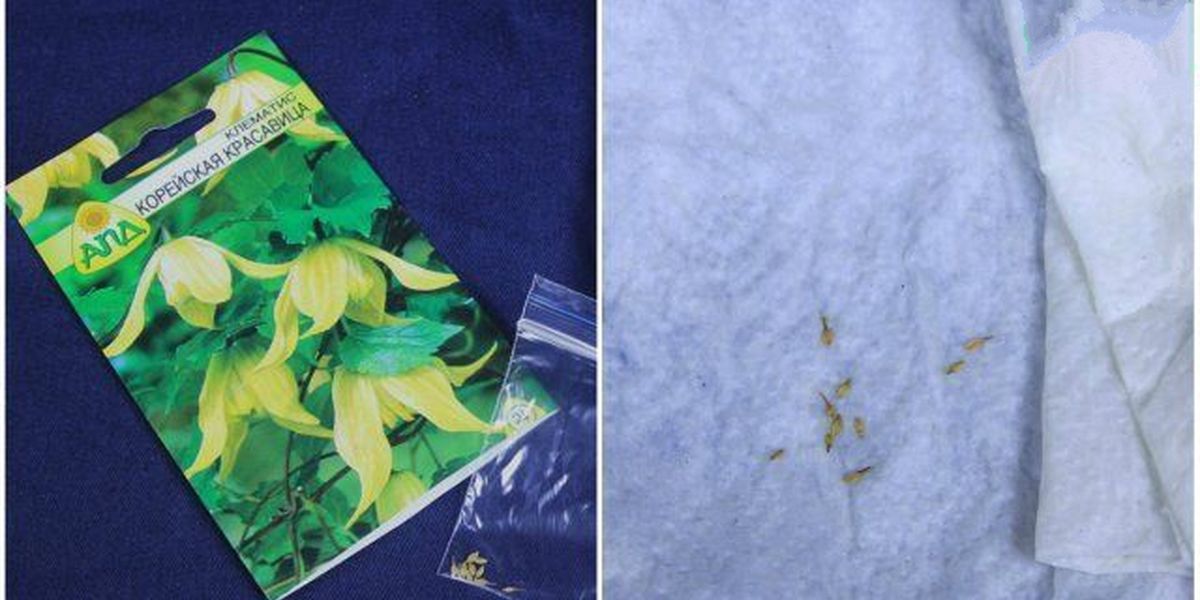
To do this, pour the seeds on a damp paper napkin or a cotton pad, put them in a zip-lock bag and put them in the refrigerator for 1-2 weeks.
If you store containers with seeds in a basement or cellar, be sure to cover them with glass or mesh so that rodents do not spoil the seeds.
Cold stratification accelerates seed germination and has a beneficial effect on seedling development.
Warm stratification
Warm stratification is used for seeds with an underdeveloped embryo. It is used to "awaken" pasqueflower and lemongrass seeds.
It is best to stratify pasqueflower seeds at a temperature of 25-28°C. They can be laid out on a piece of wet foam rubber or in a coconut substrate. The seeds are sprinkled with a thin layer of sand on top or covered with a second piece of foam rubber, "wrapped" in cling film or placed in a special greenhouse.

Remember that the substrate in which the seeds are located must be moist. It is best to place the greenhouse on the southern windowsill so that the seeds have enough light. In this form, they will stand from 2 weeks to a month before the first sprouts appear.

The seeds of lemongrass need to be stratified at a temperature of 18 to 28°C in very wet sand for one month. After that, they can be placed in the refrigerator for another month.
Combined, or step-by-step, stratification
Step-by-step stratification involves the use of warm stratification first, and then cold stratification, or vice versa. Combined stratification is needed for the seeds of those plants that take too long to germinate.
Gentian sprouts appear slowly, so it is necessary to speed up the process of the first shoots appearing using combined stratification. To do this, small gentian seeds need to be poured into soaked fine-grained hydrogel and put the bag with seeds in a warm place with a temperature of about 20°C.

After 2-3 weeks, the seeds need to be put in the refrigerator and kept for another month at a temperature of 3-4°C. After that, they need to be taken out of the hydrogel and sown in a pre-prepared container with warm, clayey, well-fertilized soil. The first shoots should appear in about 1-2 weeks.
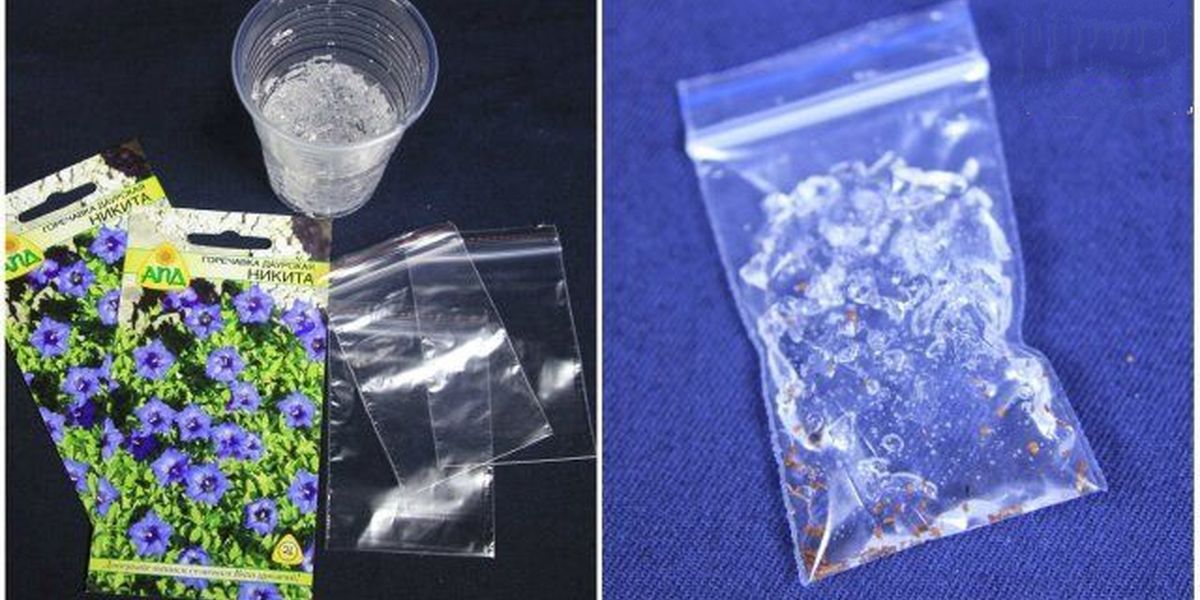
Primrose seeds need to be stratified first at low temperatures, and then at high temperatures. Pour the seeds onto a damp cotton pad, put them in a small bag and put them in the refrigerator for 1-2 weeks. Make sure that the cotton pad does not dry out. After a couple of weeks, you need to take the seeds out and put them in a warm place near the radiator, but not on it.

Label the containers with seeds
In order not to mix up the plant seeds, be sure to sign each bag, container or container. The easiest way is to tape pieces of paper with inscriptions or part of the packaging. You can also sign the plastic bags themselves with a permanent marker.

It is not difficult at all to master different methods of pre-sowing stratification of flower seeds if you follow detailed step-by-step instructions.
Write a comment